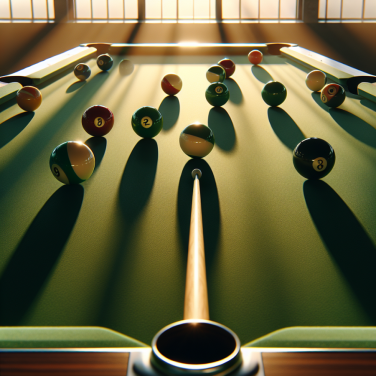Evolution of Golf Balls: A Look at Designs That Boost Long-Distance Shots
As you continue to explore the elements that influence the distance of golf shots, an essential factor that cannot be overlooked is the golf ball itself. Starting from an entirely organic sphere predominantly made of feathers in the 18th century to modern multi-material wonders of sports engineering, the evolution of golf balls has been significant, with every modification aimed at achieving longer distances.
In the earliest years of the sport, the “featherie” balls were used. Shaped from boiled feathers and stitched into a leather pouch, these delicate, handcrafted objects could fly an impressive range when struck. However, they were expensive to make, not particularly durable, and their performance was heavily weather-dependent. In the wet conditions, their distance potential would significantly drop.
Then came the “guttie” balls, made from solid gutta-percha, a rubber-like substance obtained from various tropical trees. These balls had affordable production costs, were durable, and their performance was not affected by the weather. Their most significant evolutionary contribution was their irregular surface caused by striking, which unintentionally boosted long-distance shots. This discovery paved the way for the introduction of intentionally designed patterns, also known as dimples, on the surface of golf balls.
The dimple design is one of the most influential factors in making golf balls fly to an extended range. They minimize the air drag as the ball is in flight. Smooth golf balls hit with the same conditions don't travel as far as those with dimples due to the aerodynamic drag. Over the years, the design and pattern of these dimples have drastically evolved. Early balls had a uniform pattern of round dimples, while now they come in various shapes such as hexagonal or pentagonal, and even different sizes on a single ball, each aimed at optimizing lift and minimize drag.
The 20th century also saw the introduction of wound balls. They boasted a liquid-filled core wound tightly with rubber thread and were much superior to their predecessors in terms of distance and feel.
Today, the golf industry relies on multi-layer golf balls. These balls are composed of a large rubber core, several intermediate layers of enhanced rubber or resin, and a durable urethane or similar synthetic plastic shell. These layers work together to deliver an excellent combination of distance, spin control, and durability. Improved aerodynamics form part of the design by optimizing dimple patterns and the material used for the outer layer.
Read also:
Gone But Not Forgotten: The Soccer Stars We've Lost
Unveiling the Secret: Select the Right Golf Ball for Maximum Distance
Selecting the perfect golf ball that provides optimal distance largely depends on your playing style, swing speed, and skill level. Yet, understanding their construction, material, and other technical specifications can make a meaningful difference in your game.
The golf ball industry has grown significantly over the years, incorporating the use of innovative technology and high-quality materials, which play critical roles in a ball's performance. The long-standing question in the mind of every golfer, both beginners and experts, involves determining the ball that can fly the farthest. While it's near-impossible to suggest one universal answer applicable to every golfer, we can dive deep to understand the characteristics that potentially determine the maximum distance your golf ball can achieve.
The construction of the golf ball plays a significant role in governing its flight range. Golf balls typically come in two-piece, three-piece, four-piece, and five-piece constructions. Two-piece balls are designed for beginners and high-handicappers due to their low spin and maximum distance characteristics. In contrast, multi-layered golf balls (three to five pieces) are generally used by professionals who can manipulate the spin and control the ball more effectively.
Similarly, compression rating, a measurement of how much a ball will compress under a standard amount of force, is another crucial factor to consider. Lower compression balls (typically 80 or less) compress more easily and are suitable for golfers with slow to moderate swing speeds to achieve larger distances. High compression balls (over 100) are made for those with faster swing speeds, producing less spin off the tee and offering more control.
Moreover, an often overlooked yet crucial aspect of the golf ball is the dimple pattern. These tiny indentations on a golf ball's surface can significantly influence the aerodynamics, affecting its lift and drag. More dimples usually generate more lift, raising the ball's flight and thereby maximizing distance. Therefore, golfers hunting for long-distance balls should look into the dimple count and pattern.
While the manufacturing advancements have led to the creation of golf balls capable of delivering considerable distance, it's also essential to understand that there is no 'one size fits all' formula here. Each golfer swings differently, and what works for one may not work for another.
Different golf balls behave differently depending upon the conditions—wind, temperature, altitude, etc. Playing within the specific rules of golf also matters when considering the performance of any golf ball.




